Multigenerational Workforce Management in Enhancing Team Collaboration in Creative Industries in Indonesia
DOI:
https://doi.org/10.71238/sneb.v2i01.63Keywords:
Communication Strategies, Creative Industry, Inclusive Leadership, Multigenerational Workforce, Team CollaborationAbstract
This study explores the role of multigenerational workforce management in enhancing team collaboration within Indonesia's creative industry. With the workforce increasingly composed of diverse generational groups, organizations face challenges in integrating these cohorts effectively. The research focuses on three key management practices—communication strategies, conflict management, and inclusive leadership—and their impact on team collaboration. Using a quantitative approach, a sample of 200 respondents from creative industry companies in Indonesia was surveyed. Data were analyzed using Structural Equation Modeling-Partial Least Squares (SEM-PLS). The findings revealed that communication strategies, conflict management, and inclusive leadership all positively and significantly affect team collaboration. The study highlights the importance of tailored management practices to accommodate the distinct needs of different generational groups and provides practical recommendations for fostering a collaborative environment. This research contributes to the growing body of knowledge on workforce management in multigenerational teams, particularly in dynamic sectors like the creative industry.
Downloads
References
A. Ingale, “HRM Strategies For Effectively Managing Workplaces With Multiple Generations,” Available SSRN 5029947, 2024.
T. O. Nyamboga, “Strategic Leadership in Multigenerational Workforces: Bridging Generational Divides for Enhanced Engagement,” Asian J. Adv. Res. Reports, vol. 19, no. 1, hal. 270–285, 2025.
E. R. Johar, N. Rosli, dan S. N. S. Mohd, “Ageless Collaboration: From Boomers to Gen Z, Thriving in the Era of Multigenerational Workforces,” Int. J. Acad. Res. Bus. Soc. Sci., vol. 13, no. 12, hal. 2240–2242, 2023.
E. Kostanek dan V. Khoreva, “Multi-generational workforce and its implication for talent retention strategies,” in Psychology of retention: Theory, research and practice, Springer, 2018, hal. 203–221.
T. Angeline, “Managing generational diversity at the workplace: Expectations and perceptions of different generations of employees,” African J. Bus. Manag., vol. 5, no. 2, hal. 249, 2011.
L. Wang dan X. Duan, “Generational diversity and team innovation: the roles of conflict and shared leadership,” Front. Psychol., vol. 15, hal. 1501633, 2025.
A. R. Khan, S. Malik, dan H. Ali, “Cultural Diversity and Its Impact on Workplace Collaboration and Innovation,” Int. J. Soc. Sci. Humanit., vol. 1, no. 4, hal. 6–10, 2024.
J. Graham dan A. Gandini, “Introduction: collaborative production in the creative industries,” in Collaborative Production in the Creative Industries, University of Westminster Press London, 2017, hal. 1–14.
A. Pierce dan C. Payne, “How Do Communication Modalities Influence Intergenerational Communication?,” Concordia J. Commun. Res., vol. 6, no. 1, hal. 3, 2018.
A. S. B. Putra, “Membangun Sinergi Lintas Generasi: Strategi Kolaboratif untuk Meningkatkan Kinerja Organisasi di Era Digital,” PaKMas J. Pengabdi. Kpd. Masy., vol. 4, no. 2, hal. 429–436, 2024.
S. B. Rolih, “CONSTRUCTIVE CONFLICT IN TEAMWORK.,” Interdiscip. Manag. Res., vol. 9, 2013.
K. Mishra, Dispute resolution practice of project management in Nepal. SSRN, 2022.
A. S. C. Ningtyas, “Conflict in Organizations: Its Connection to a Healthy and Productive Work Environment,” Sinergi J. Ilm. Ilmu Manaj., vol. 14, no. 1, hal. 29–35, 2024.
C. Bhayana, V. Gupta, dan K. Sharda, “The role of shared leadership in managing conflicts in multigenerational teams: A research framework,” Bus. Perspect. Res., vol. 9, no. 2, hal. 252–268, 2021.
E. Crisol-Moya, M. A. Romero-López, A. Burgos-García, dan Y. Sánchez-Hernández, “Inclusive leadership from the family perspective in compulsory education,” J. New Approaches Educ. Res., vol. 11, no. 2, hal. 226–245, 2022.
B. M. Ferdman, “Inclusive leadership: The fulcrum of inclusion,” in Inclusive Leadership, Routledge, 2020, hal. 3–24.
L. H. Nishii dan H. L. Leroy, “Inclusive leadership: Leaders as architects of inclusive workgroup climates,” in Inclusive leadership, Routledge, 2020, hal. 162–178.
T. Ashikali, S. Groeneveld, dan B. Kuipers, “The role of inclusive leadership in supporting an inclusive climate in diverse public sector teams,” Rev. public Pers. Adm., vol. 41, no. 3, hal. 497–519, 2021.
S. Fristedt, “Communication, collaboration and belongingness in virtual teams: mapping out enablers and constraints.” 2021.
D. De Jesus, Understanding the personal values and communication preferences of generation z: An exploratory case study. Ashford University, 2020.
A. K. Wardani dan S. Sufyanto, “Bridging the Generation Gap: Communication Strategies at Golkar Sidoarjo DPD,” Indones. J. Cult. Community Dev., vol. 15, no. 3, hal. 10–21070, 2024.
I. P. Ify, “Communication strategies and employee productivity,” Glob. J. Soc. Sci., vol. 23, no. 1, hal. 97–102, 2024.
J. N. Faezah, M. Y. Yusliza, Y. N. Azlina, S. A. Asrul, E. R. Johar, dan N. Rosli, “Enhancing Pro-Environmental Behavior through CSR: The Dual Impact of Green Organizational Identification and Environmental Knowledge,” PaperASIA, vol. 41, no. 1b, hal. 16–25, 2025.
I. C. Drivas, D. P. Sakas, dan C. Riziotis, “Communicating Strategically for Improving Team Effectiveness in ICTs Organizations,” in Strategic Innovative Marketing: 5th IC-SIM, Athens, Greece 2016, Springer, 2017, hal. 125–132.
F. Abejide, “Exploring Team Performance, Collaboration and their Impact on Project Success.” School of Technology, Cardiff Metropolitan University, 2024.
J. R. Johnston, “Emotional Intelligence in Leadership: A Mixed-Methods Study on Enhancing Team Dynamics and Performance.” Creighton University, 2025.
C. K. W. De Dreu, “Conflict at work: Basic principles and applied issues.,” 2011.
D. F. Dewi, N. Fitriah, K. Sari, dan Z. Rosul, “Strategi Manajemen Konflik untuk Meningkatkan Kolaborasi dan Kinerja dalam Konteks Pendidikan dan Organisasi,” Al-Tarbiyah J. Ilmu Pendidik. Islam, vol. 3, no. 1, hal. 47–54, 2025.
N. Badriyah, M. M. Sulaeman, S. N. Wibowo, dan R. Anggapratama, “The role of constructive conflict management in fostering team collaboration and innovation: A perspective of transformational leadership,” J. Contemp. Adm. Manag., vol. 2, no. 1, hal. 402–408, 2024.
S. Mukherjee, “The Role of Conflict Resolution in Teams-An Empirical Study,” Available SSRN 2191886, 2012.
H. A. S. Fagan, B. Wells, S. Guenther, dan G. S. Matkin, “The path to inclusion: A literature review of attributes and impacts of inclusive leaders,” J. Leadersh. Educ., vol. 21, no. 1, hal. 88–113, 2022.
P. Bańkowski, “The inclusive leader and his role in creating employee teams,” J. Mod. Sci., vol. 54, no. 5, hal. 28–42, 2023.
Downloads
Published
Issue
Section
License
Copyright (c) 2025 Irwan Suryadi (Author)

This work is licensed under a Creative Commons Attribution-ShareAlike 4.0 International License.

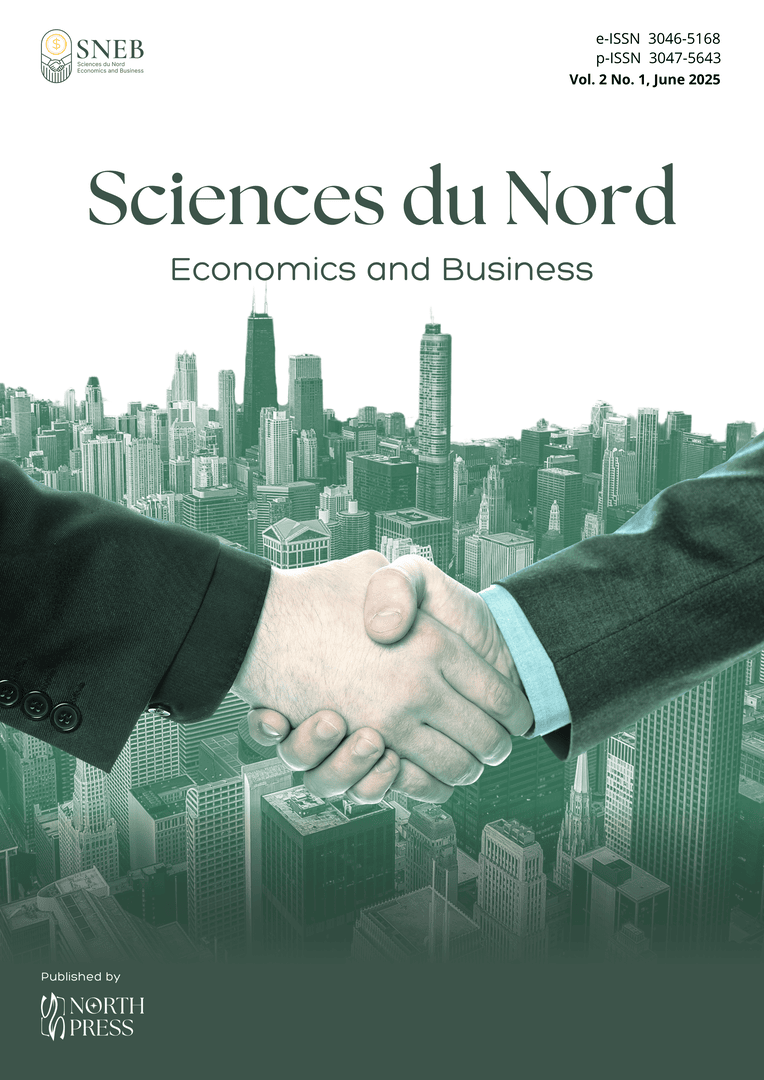
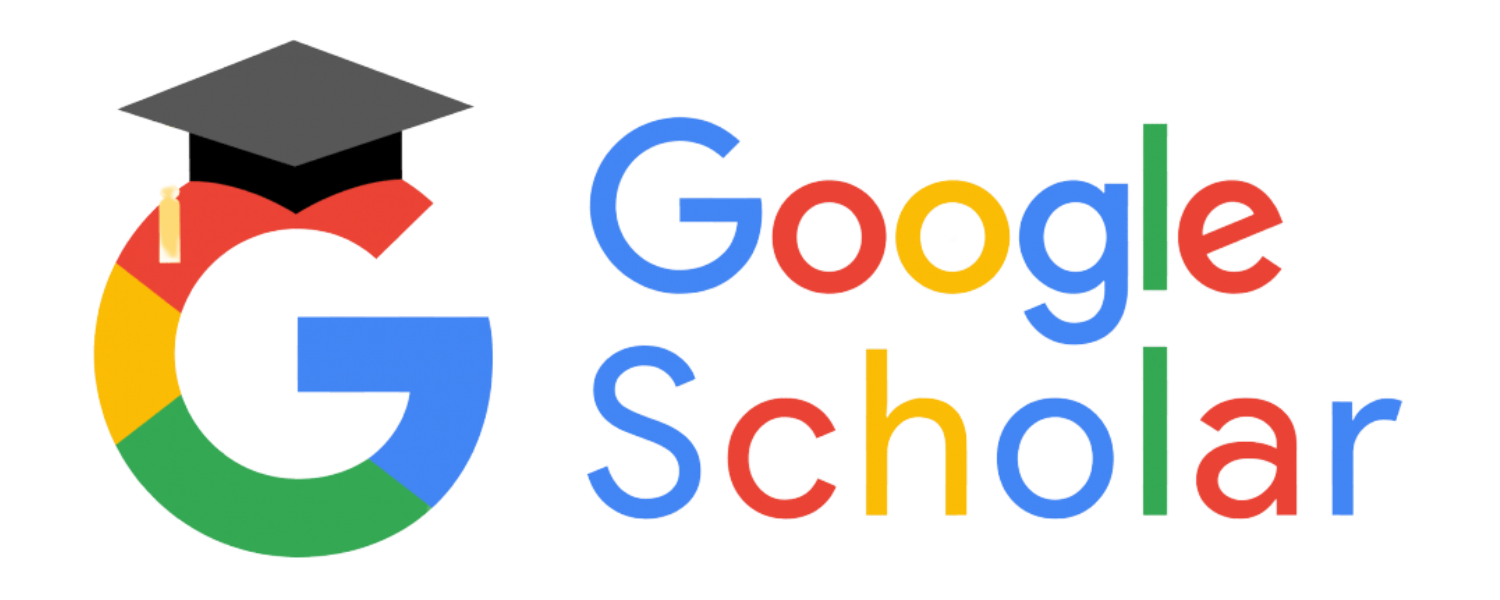
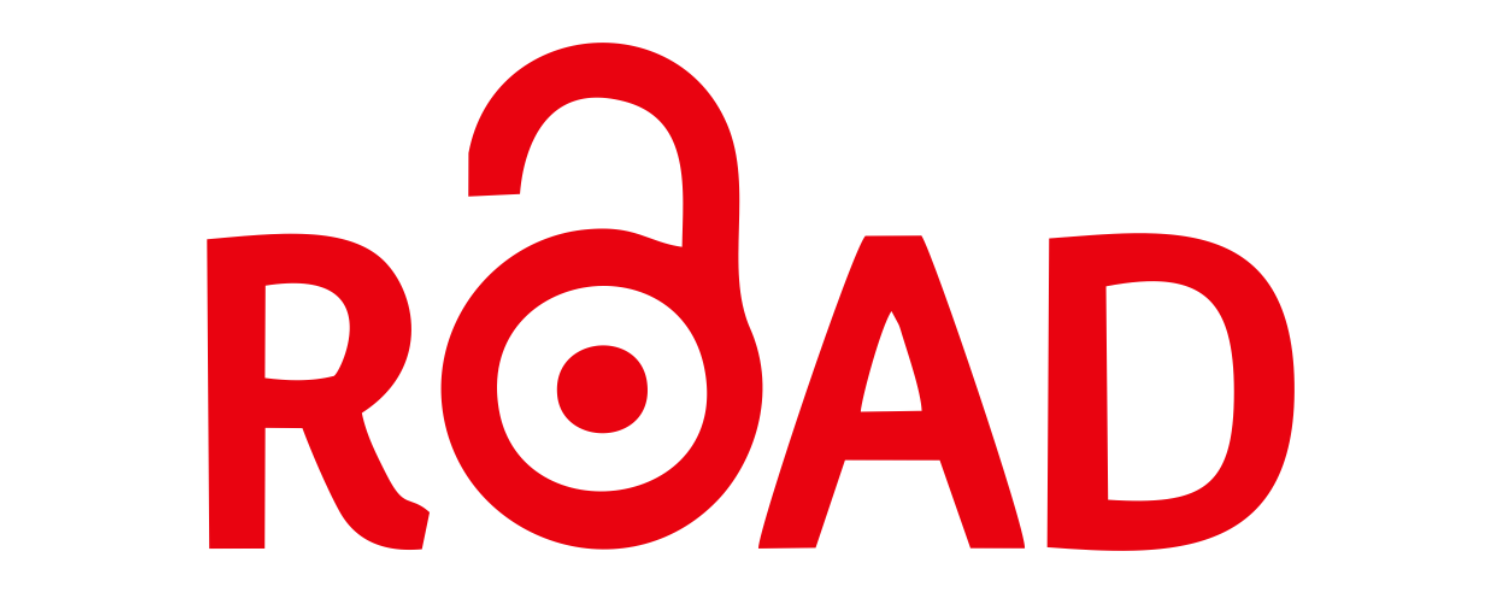
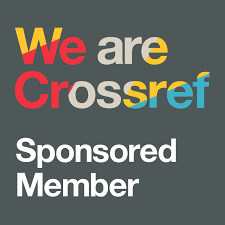





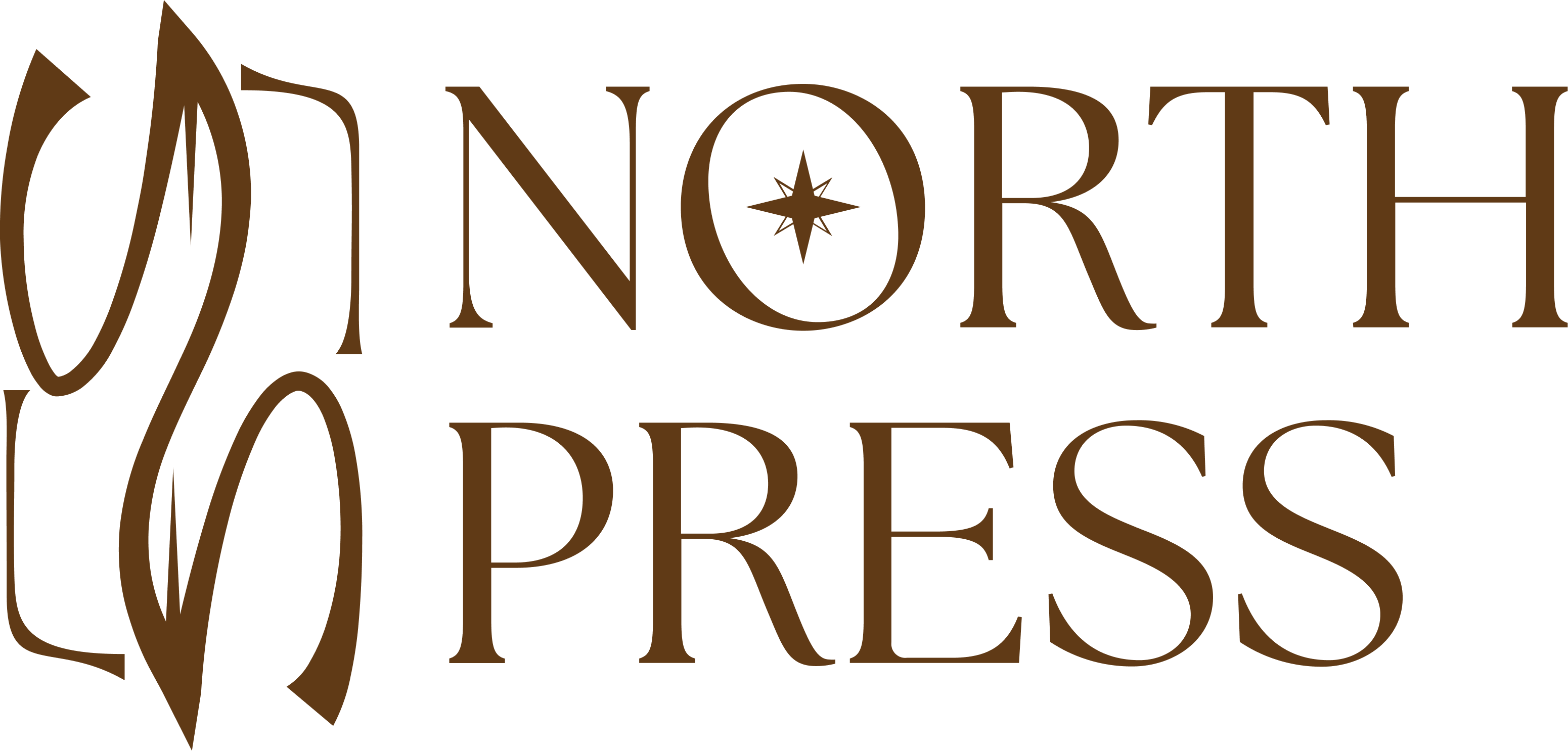
 Instagram
Instagram 